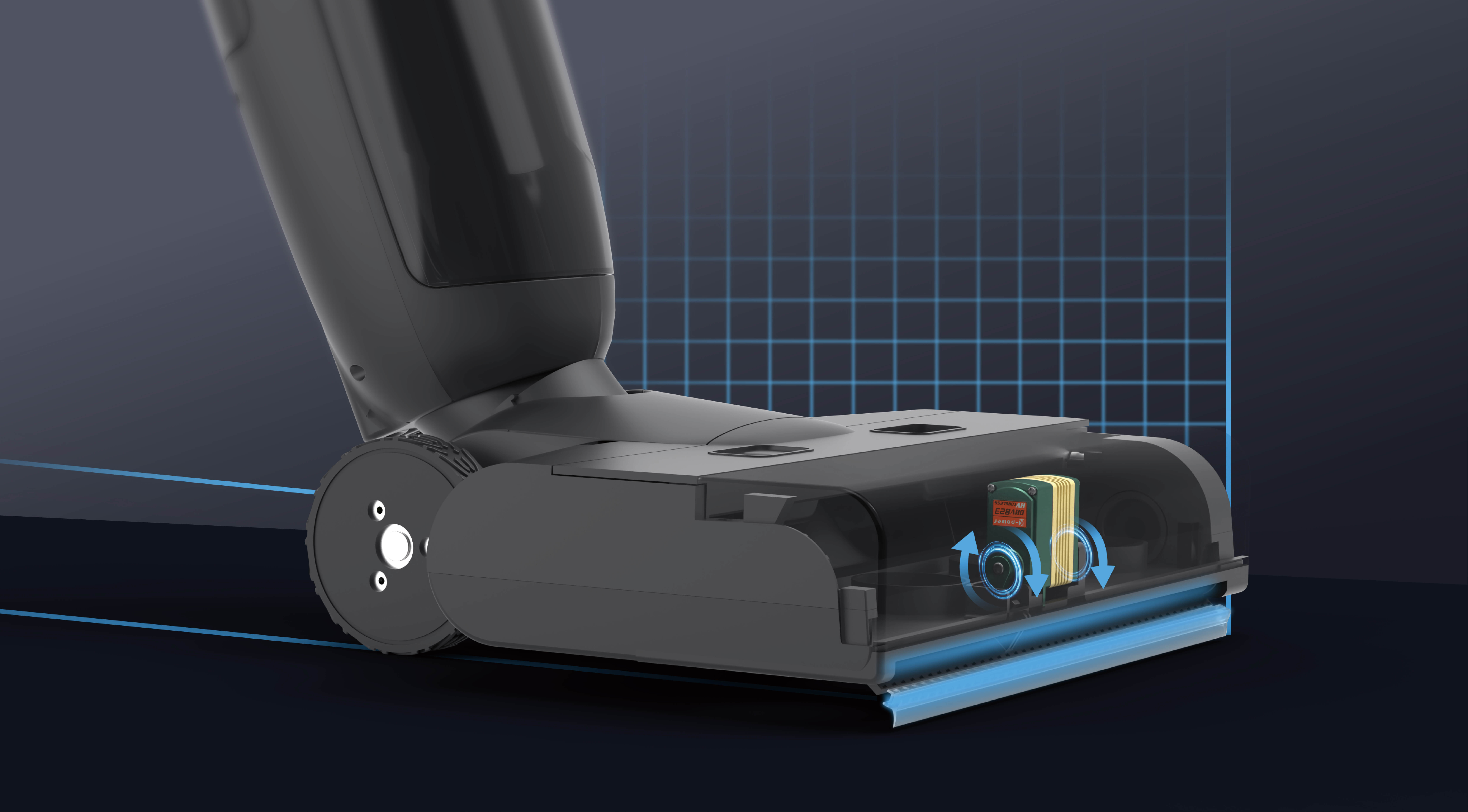Introduction: Choosing the Right Powerhouse for Modern Machines
In the fast-paced world of automation and robotics, electric motors have become the beating hearts of countless applications—from the tiny actuators in medical devices to massive industrial robots. Among the myriad options, servo motors and brushless DC (BLDC) motors stand out as the top contenders for precision control and efficiency. But what distinguishes them? When should you deploy one over the other? This article takes a deep dive into these two influential motor types, illuminating their core characteristics, operations, advantages, limitations, and best-fit scenarios.

Understanding the Basics: What Are Servo Motors and Brushless DC Motors?
Let’s start with the basics. A servo motor is, broadly speaking, a rotary or linear actuator that provides precise control of angular or linear position, velocity, and acceleration. It's not a single component but an integrated system often including a motor, encoder, and a control circuit. This combination allows for tight feedback loops—think of a masterful conductor guiding an orchestra, ensuring every note hits precisely when it should.
On the flip side, a brushless DC motor, or BLDC motor, is a type of electric motor that operates on direct current but lacks brushes and commutators—the traditional components found in brushed motors. Instead, BLDC motors utilize electronic commutation, which turns the current in the stator coils to produce a rotating magnetic field. They are renowned for their high efficiency, longevity, and smooth operation.
Operational Fundamentals: How Do They Work?
Servo Motors:
A servo system is typically a closed-loop setup. The motor receives a command specifying a desired position, velocity, or torque. Encoders or resolvers provide real-time feedback about the actual position or speed. The control system (often a servo drive) compares the feedback with the command and adjusts the motor’s output accordingly. This tight feedback loop enables servo motors to correct errors instantly, maintaining high accuracy and stability.
Servo motors can be AC or DC-powered. The DC variants often use brushless designs for enhanced efficiency and durability. Their internal construction involves a winding system that, combined with their feedback mechanism, allows for precise positional control, making them indispensable in robotics, CNC machinery, antenna positioning, and aerospace.
Brushless DC Motors:
A BLDC motor features a stator with windings and a rotor with permanent magnets. Electronic controllers switch the currents in the stator winds, creating a rotating magnetic field. The rotor follows this field with minimal lag, producing smooth and efficient rotation. Because there are no brushes to wear out, BLDC motors are more durable and require less maintenance.
They are usually controlled via electronic commutation, which involves sensors (like Hall effect sensors) or sensorless algorithms that determine rotor position. BLDCs excel in applications requiring continuous rotation with high speed and efficiency, such as drones, electric vehicles, cooling fans, and pumps.
Key Differences in Performance and Design
Feature Servo Motor Brushless DC Motor Control Type Closed-loop Usually sensor-based or sensorless Feedback Encoder/Resolver Hall sensors or sensorless algorithms Precision High Moderate to high Efficiency Varies, often optimized Very high Complexity Usually integrated with control system External electronic controller required Maintenance Low, but depends on application Very low due to no brushes
Applications That Highlight Their Strengths
Servo motors are prized in scenarios that demand precise positioning and torque control. Think of robotic arms assembling tiny gadgets or CNC machines carving out intricate designs. Their ability to respond quickly to control inputs while maintaining accuracy makes them ideal for complex automation tasks.
Meanwhile, BLDC motors shine in high-speed, high-efficiency environments. Their simple yet robust design makes them suitable for applications where durability and energy savings are critical. Electric cars utilize BLDC motors for drive systems, drones rely on them for agile flight, and cooling fans use them for quiet, efficient operation.
Established in 2005, Kpower has been dedicated to a professional compact motion unit manufacturer, headquartered in Dongguan, Guangdong Province, China.




































